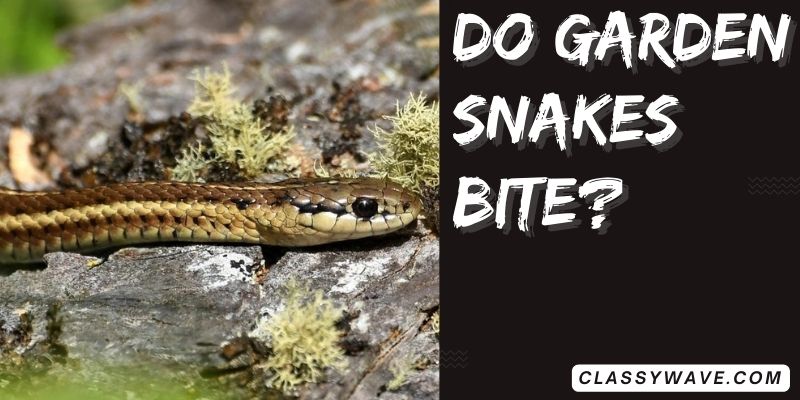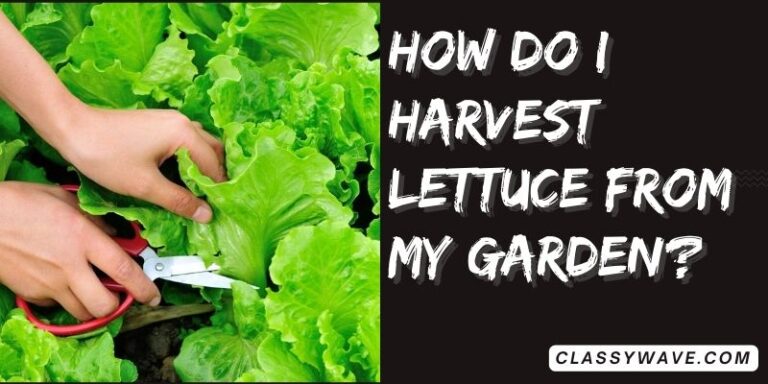do garden snakes bite? Complete Guide
Explore the intriguing world of garden snakes through these insightful H2 headings. From understanding their behaviors, identifying different species, and exploring the myths surrounding them to delving into their reproductive cycles, seasonal adaptations, and dietary habits, this collection provides a comprehensive guide for enthusiasts, homeowners, and conservationists alike.
Understanding Garden Snake Behavior
Garden snake behavior plays a crucial role in determining the likelihood of bites. This section delves into the typical demeanor of garden snakes, exploring factors that may influence their tendency to bite. Understanding their behavior is key to establishing safe interactions and minimizing the risk of bites in various settings.
Identifying Garden Snakes
Accurate identification of garden snake species is essential for gauging potential threats. This heading provides insights into the diverse characteristics of garden snakes, aiding enthusiasts and individuals in recognizing specific species. Understanding their features enables better cohabitation and ensures a more informed response when encountering these reptiles.
Garden Snake Bites
Garden snake bites prompt concerns about venom, yet not all bites are equal. This section elucidates the differences between venomous and non-venomous garden snake bites. It clarifies the potential risks associated with various species, offering valuable information to help individuals assess the severity and urgency of different snake bites.
Minimizing the Risk
Proactive measures are essential to reduce the risk of garden snake bites. This segment provides practical tips and guidelines for individuals seeking to minimize their chances of encountering and getting bitten by garden snakes. From habitat awareness to personal behavior, these insights contribute to a safer coexistence with these reptiles.
What to Do If Bitten by a Garden Snake
In the unfortunate event of a garden snake bite, knowing the appropriate first aid and treatment is crucial. This section outlines immediate steps to take when bitten, addressing both venomous and non-venomous scenarios. Clear instructions empower individuals to respond effectively, promoting better outcomes and minimizing potential complications associated with garden snake bites.
Common Misconceptions About Garden Snakes and Their Behavior
Misconceptions surround garden snakes, influencing public perception and reactions. This heading explores prevalent myths and misinformation, debunking misconceptions about these reptiles. By dispelling inaccuracies, individuals gain a more accurate understanding of garden snake behavior, fostering a greater appreciation for their role in ecosystems.
Creating a Snake-Friendly Garden
Harmonious coexistence with garden snakes is achievable through intentional garden design. This section provides practical tips for creating a snake-friendly environment while ensuring the safety of residents. Balancing the needs of the garden with the presence of snakes allows for a sustainable and mutually beneficial relationship between humans and these essential members of the ecosystem.
Garden Snake Species That Are Non-Aggressive Towards Humans
Not all garden snakes exhibit aggressive behavior towards humans. This heading explores species known for their non-aggressive nature, shedding light on snakes that are generally harmless and pose minimal risk to human safety. Understanding the temperament of specific species contributes to informed decision-making and fosters a more positive attitude toward these reptiles.
Children and Garden Snakes
Parents must be vigilant about children’s interactions with garden snakes. This section offers safety precautions and guidelines for parents to ensure the well-being of their children when playing in areas where snakes may be present. By understanding the unique risks and implementing preventive measures, parents can create a safe environment for children to explore while minimizing the potential for snake-related incidents.
Legal Considerations
Legal aspects surrounding the protection and conservation of garden snakes are crucial for preserving biodiversity. This heading explores the legal frameworks in place to safeguard these reptiles and their habitats. By understanding the legal considerations, individuals can actively contribute to conservation efforts and promote responsible practices that support the well-being of garden snake populations.
Garden Snake Reproduction
Understanding the reproductive behaviors of garden snakes is essential for snake enthusiasts and conservationists. This section explores the intricacies of snake mating rituals, nesting habits, and the unique challenges they face during the reproductive process. Insight into these aspects contributes to a broader comprehension of snake life cycles and aids in the development of conservation strategies to protect critical stages of their reproductive journey.
Seasonal Behavior
Garden snakes exhibit distinct behaviors in response to seasonal changes, impacting their activity levels and habits. This section delves into the adaptive strategies these reptiles employ, shedding light on how environmental shifts influence their behavior. Understanding these seasonal adaptations is crucial for wildlife enthusiasts, researchers, and those seeking to coexist with garden snakes, providing a comprehensive view of their dynamic interactions with the environment.
Dietary Habits of Garden Snakes
The dietary preferences of garden snakes play a vital role in shaping their ecological impact. This segment explores the diverse range of prey that garden snakes consume, emphasizing their role in controlling pest populations. By examining the factors influencing their dietary habits, individuals gain insights into the ecological balance maintained by these reptiles. This knowledge is essential for appreciating the ecological contributions of garden snakes and the benefits they bring to local ecosystems.
Garden Snakes and Your Pets
Pet owners must navigate potential interactions between garden snakes and their domestic animals. This section offers practical advice on safeguarding pets while respecting the natural presence of garden snakes. Understanding the dynamics between snakes and pets, along with preventive measures, ensures a harmonious coexistence within households. This information empowers pet owners to create environments that minimize risks while appreciating the ecological significance of garden snakes in shared living spaces.
Signs of a Garden Snake Infestation
Identifying signs of a garden snake infestation is crucial for property owners. This heading explores common indicators of snake presence, guiding individuals on proactive measures to prevent infestations and effective strategies for remediation. By recognizing early signs and implementing preventive measures, property owners can maintain a snake-friendly environment while mitigating potential challenges associated with infestations. This knowledge promotes informed decision-making and responsible management of snake populations in residential or commercial spaces.
Conclusion
In conclusion, this comprehensive exploration of garden snake topics aims to foster a nuanced understanding of these fascinating reptiles. From debunking myths and offering safety precautions to delving into their reproductive habits and ecological roles, the varied headings provide a holistic view. Whether you’re an enthusiast, homeowner, or conservationist, this diverse set of insights equips you with knowledge to appreciate, coexist responsibly, and contribute to the conservation of these essential members of our ecosystems.
FAQs
1. Question: Can garden snakes be kept as pets?
Answer: Yes, some garden snake species are suitable as pets, but research their specific care requirements before adopting.
2. Question: Are garden snakes dangerous to humans?
Answer: Most garden snakes are harmless; however, bites may occur if threatened. Seek medical attention for bites.
3. Question: How do I keep garden snakes out of my yard?
Answer: Maintain a tidy yard, remove hiding spots, and seal entry points to deter garden snakes.
4. Question: What do garden snakes eat in captivity?
Answer: Pet garden snakes typically eat rodents, insects, or commercially available snake food. Consult species-specific guidelines.
5. Question: Can garden snakes climb walls or fences?
Answer: Yes, some garden snakes can climb. Secure fences and take precautions to prevent snakes from entering specific areas.







